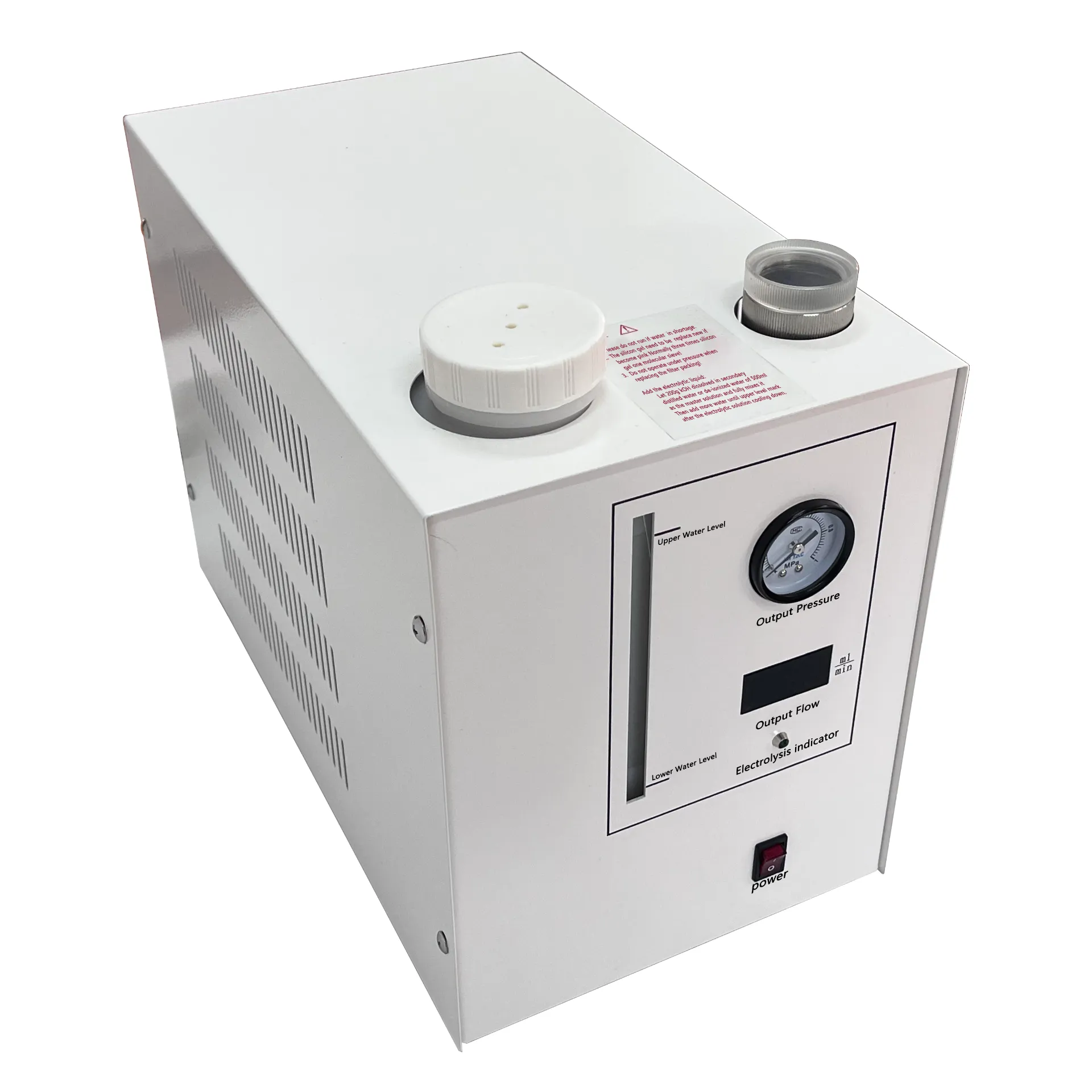 English
English


breaker load tester
Understanding Breaker Load Testers A Comprehensive Overview
Breaker load testers are crucial instruments used in various industries, particularly in manufacturing and electrical engineering. They are designed to assess the reliability and performance of electrical circuits, circuit breakers, and protective devices under diverse load conditions. This article delves into the significance, functionality, and application of breaker load testers, highlighting their importance in maintaining electrical safety and system efficiency.
The Importance of Breaker Load Testing
Electrical systems are the backbone of modern infrastructure, powering everything from homes to industrial complexes. However, these systems can be susceptible to overloads, faults, and other issues, potentially leading to catastrophic failures or fire hazards. This is where breaker load testers come into play. By evaluating the performance of circuit breakers, these testers help ensure that protective devices operate effectively and respond appropriately to abnormal conditions.
Regular load testing of circuit breakers is essential for several reasons
1. Safety Ensuring that circuit breakers function correctly under load conditions can prevent electrical failures and enhance safety for users and equipment.
2. Reliability Load testing helps identify potential issues before they escalate, thereby increasing the reliability of electrical systems.
3. Compliance In many industries, regular testing of electrical equipment is mandated by regulations and standards. Breaker load testers help organizations meet these requirements.
4. Cost-Effectiveness Catching problems early can save companies significant expenses related to equipment damage, unscheduled downtime, and liability due to accidents.
How Breaker Load Testers Work
Breaker load testers operate by simulating load conditions on circuit breakers and other electrical components. They apply a controlled load, either resistive or inductive, to the circuit breaker to measure its performance. The testing process involves several key steps
1. Preparation Before testing, safety precautions are taken, and the equipment and circuit breaker are checked for any visible defects.
breaker load tester

2. Connection The load tester is connected to the circuit breaker under test, ensuring that connections are secure and that the device operates properly.
3. Load Application The tester applies an adjustable load to the circuit breaker, simulating various operational conditions. This step can involve ramping up the load to assess how the breaker reacts to different levels of current.
4. Measurement and Analysis During the load application, the tester monitors several parameters, including current, voltage, and trip times. This data is crucial for determining the breaker’s performance characteristics and whether it meets specified standards.
5. Results Interpretation After the test, the data collected is analyzed to evaluate the circuit breaker's performance. Any deviations from expected results could indicate maintenance needs or even replacement.
Applications of Breaker Load Testers
Breaker load testers are used across various applications
- Industrial Environments In factories and manufacturing plants, electrical systems are under constant load. Regular testing of circuit breakers ensures uninterrupted operations and minimizes the risk of costly outages.
- Utility Companies Power generation and distribution companies use breaker load testing to ensure the reliability of their services. Testing can identify weak points in the system that may lead to failures during peak demand periods.
- Commercial Buildings Shopping centers, offices, and schools rely on breaker load testers to maintain their electrical infrastructure, ensuring safety and compliance with regulatory standards.
- Data Centers With the increasing reliance on digital infrastructure, data centers must ensure reliable performance of their electrical systems. Load testing helps guarantee that backup systems, like generators and UPS units, will function correctly in emergencies.
Conclusion
Breaker load testers are invaluable tools that play a vital role in ensuring the safety, reliability, and efficiency of electrical systems. Their ability to simulate real-world conditions and assess the performance of circuit breakers is crucial for various industries. Regular testing not only helps comply with safety regulations but also contributes to reducing operational risks and costs. As technology continues to evolve, breaker load testers will undoubtedly adapt, incorporating advanced features that enhance their functionality and accuracy, thus further solidifying their importance in the electrical landscape.
-
Differences between open cup flash point tester and closed cup flash point testerNewsOct.31,2024
-
The Reliable Load Tap ChangerNewsOct.23,2024
-
The Essential Guide to Hipot TestersNewsOct.23,2024
-
The Digital Insulation TesterNewsOct.23,2024
-
The Best Earth Loop Impedance Tester for SaleNewsOct.23,2024
-
Tan Delta Tester--The Essential Tool for Electrical Insulation TestingNewsOct.23,2024





